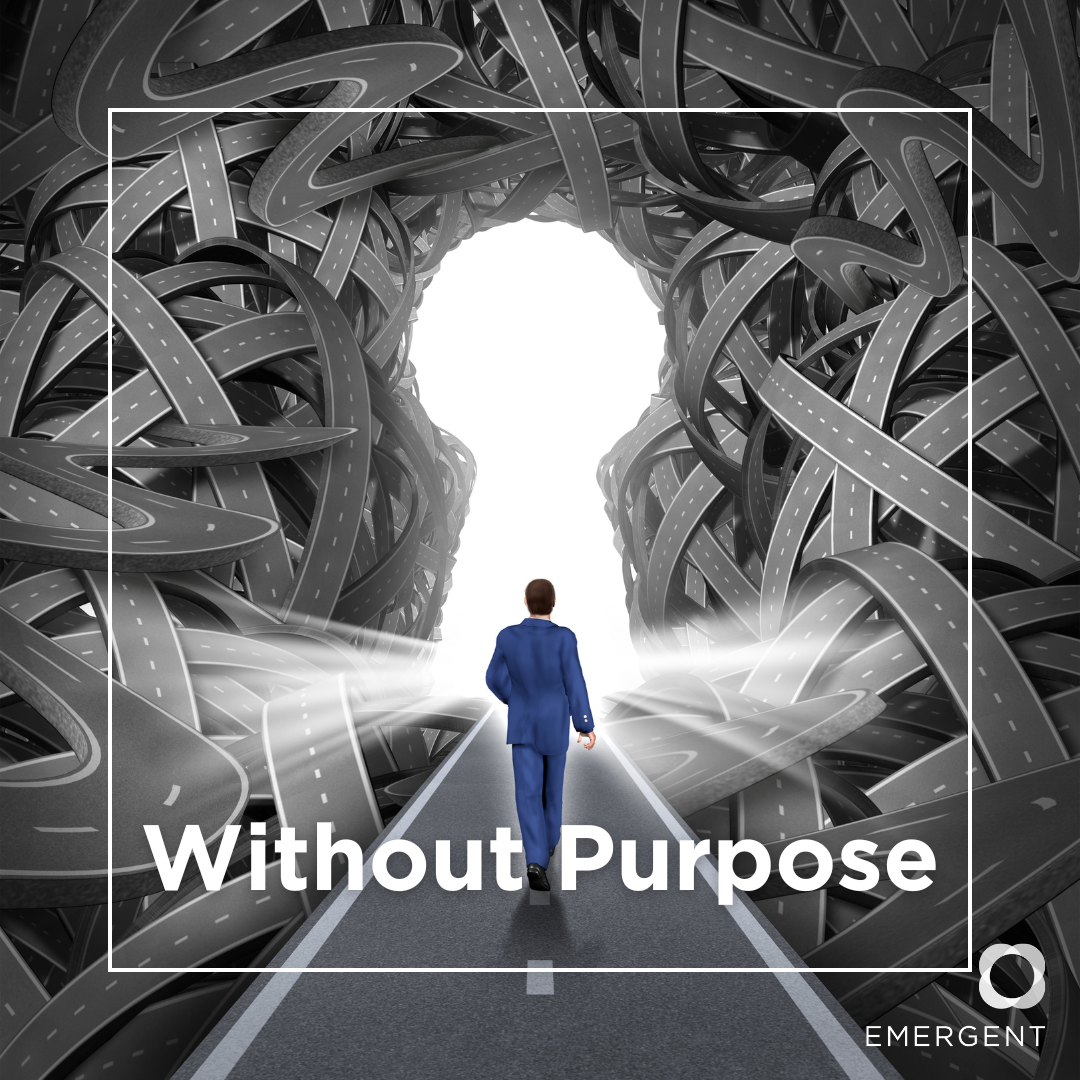Direction often eludes me. Ironically, that serves me quite well as a leadership coach, as long as my clients see me as a guide rather than a role model. Coaching (thankfully) is not about telling your clients what to do with their lives. Quite the opposite, in fact: I find the most success by asking questions and holding space for my clients to discover their next best steps forward. It is a guided discovery, not a set of prescriptions.
As for my own journey of discovery, it was not an easy beginning; I chose to enter the workforce directly out of high school with no idea what I wanted to do. Luckily, my first “real job” was at a very progressive organization that was seriously dedicated to developing its employees. I certainly needed the help.
A very early training opportunity with this employer involved reading The Seven Habits of Highly Effective People by Stephen Covey, which had come out one year previous. I recall finding it inspiring and frustrating in equal measure. Mind you, I was only 20 years old, and here was a 50-something multi-hyphenate author I’d never met (Covey) trying to tell me how to live my life!
After reading the book came another task: to write my purpose statement. The assignment came with great support. There was a template to fill in, steps encouraging reflection, and thoughtful examples of purpose statements from other people who had already been through the training.
The other examples were like incomprehensible poems, filled with beautiful words that I simply could not connect with. These statements may as well have been written in an ancient language. Purpose as a concept just was not resonating with me. It felt too defined, too constrictive, too…limiting for me to identify with, yet simultaneously too important to ignore.
I would struggle with writing purpose statements for years afterwards. The drafts I came up with all had something that wasn’t quite right, and often for reasons I couldn’t quite articulate or understand.
Paradigm shifts often come from unlikely sources. In my case, things began to change after I took a mild interest in tennis and learned more about Andre Agassi. Despite being a very successful professional tennis player with many accomplishments, he never hitched his professional or personal purpose to outcomes or achievements. His reason for being never included titles or rankings. Rather, Agassi suggested that there is more value in finding purpose in personal growth, authentic self-knowledge, and powerful experiences.
This example gave me permission to consider purpose in a more expansive way. Instead of feeling limited by the concept, I got excited by the possibility of approaching purpose through diverse intentions. No longer did I labor toward a perfect purpose statement that crystallized everything I wanted out of life into a few short sentences. Rather, I began focusing on the values and principles I wanted to guide my behavior.
If you also struggle with purpose, you might also benefit from this approach. Consider the following ideas to spark a new way of looking at purpose in your life, work and leadership:
Joy-Driven:
Pursue activities that bring joy and happiness to you and others. This “purpose” is less outcome-oriented than traditional frameworks, unless, of course, you argue that joy is an outcome! The intention here is to pursue joy in all you do.
Exploration and Experience:
Embrace the unknown, explore new and creative ways of doing things. Finding new ways to lead and forging a new path instead of following a predetermined route is the key here. This form of purpose values the journey of life and the opportunity to grow through new experiences.
Life of Service:
Contribution to the lives of others is paramount for this approach. Making a positive impact on others, your communities, and the world, no matter what kind of work you do, is the North Star.
Growth and Development:
Continuous learning, self-improvement and personal development are the foci and outcomes of this motivation. Challenging yourself, saying yes to new opportunities, and expanding your range of possibilities are all key attributes to this approach!
I realized that, like Agassi, I needed to focus less on purposeful outcomes–the “why”–and more on the “how,” which encompasses the values and intentions with which you live your life. Unlike Agassi, I never developed a very strong backhand, and my serves are a little too weak.
If you’re struggling with direction and looking to explore alternatives to outcome-oriented purpose statements, send me an email at [email protected]. If you’re looking for a tennis coach, seek elsewhere!

Comments (0)